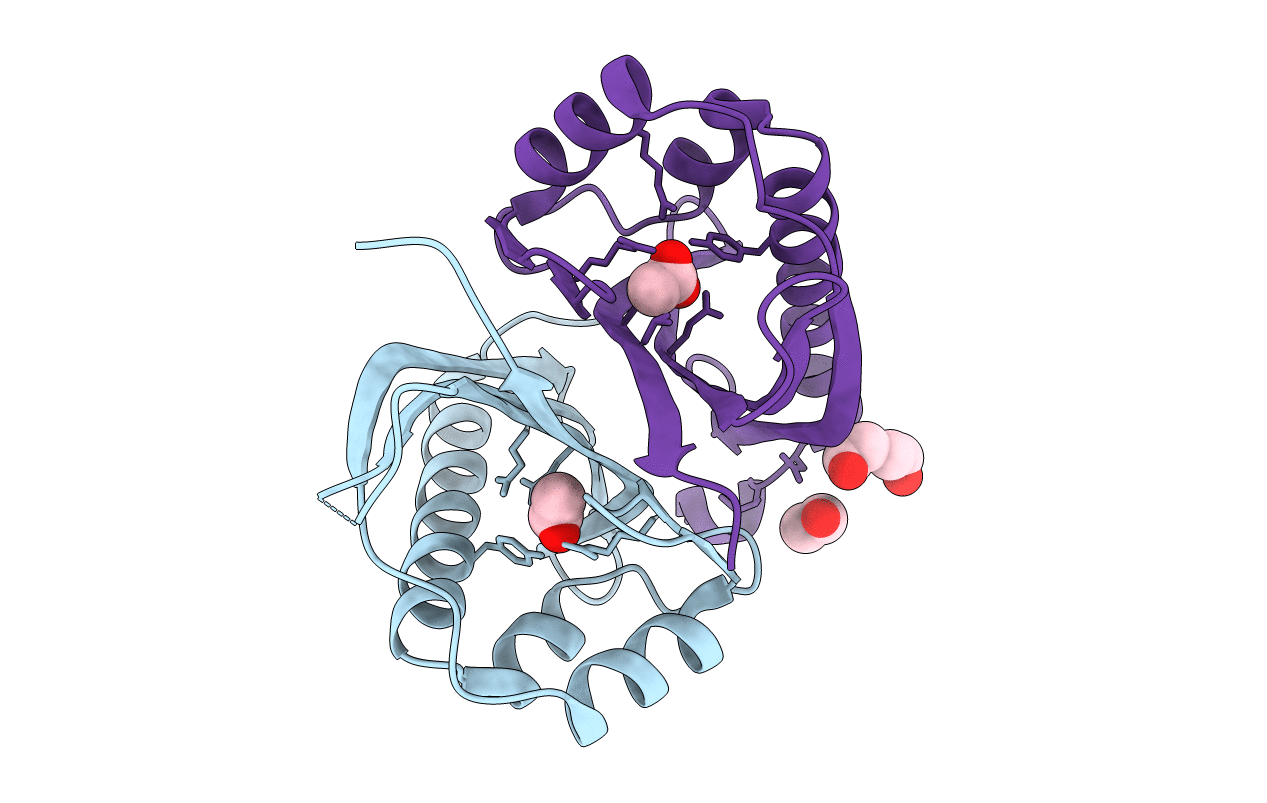
Deposition Date
2017-11-07
Release Date
2018-11-14
Last Version Date
2023-10-04
Entry Detail
PDB ID:
6BJT
Keywords:
Title:
The structure of AtzH: a little known member of the atrazine breakdown pathway
Biological Source:
Source Organism:
Pseudomonas sp. EGD-AKN5 (Taxon ID: 1524461)
Host Organism:
Method Details:
Experimental Method:
Resolution:
1.80 Å
R-Value Free:
0.20
R-Value Work:
0.16
R-Value Observed:
0.16
Space Group:
C 2 2 21


